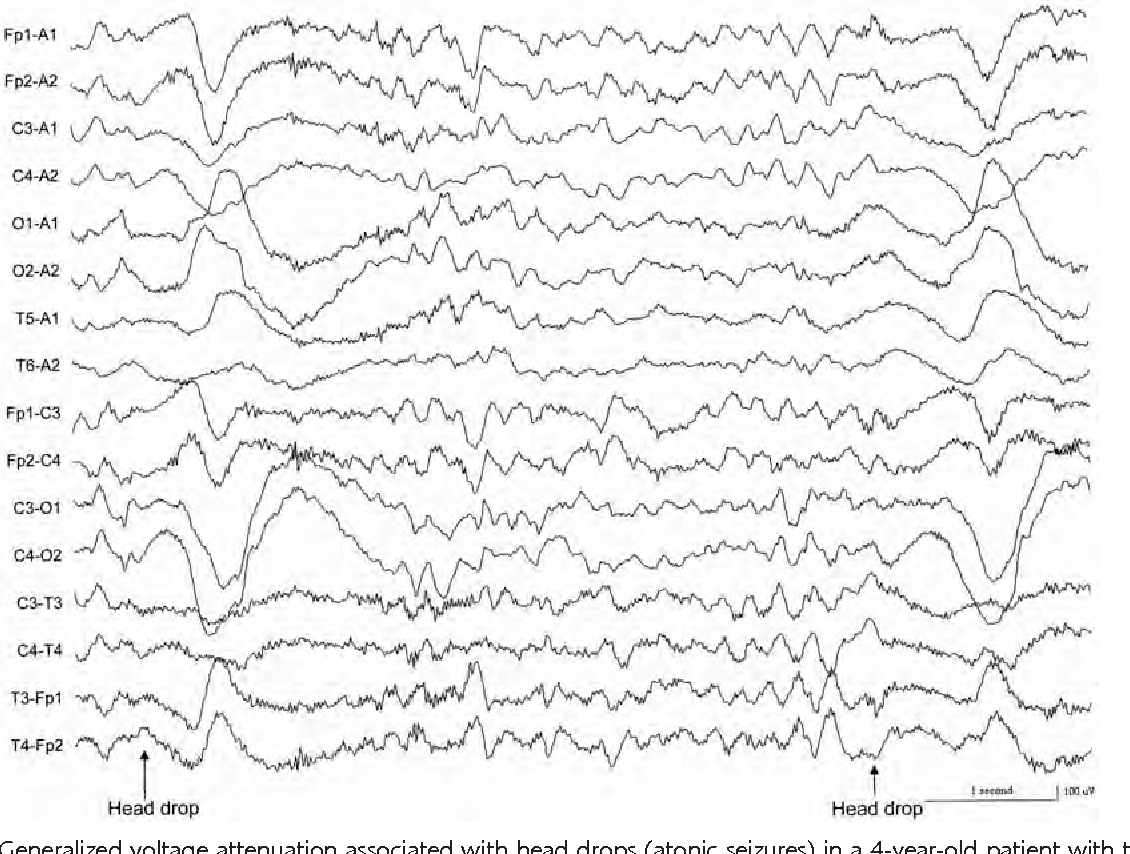


Medical News Today has strict sourcing guidelines and draws only from peer-reviewed studies, academic research institutions, and medical journals and associations. The following sections outline 10 conditions that an EEG can help doctors understand. There are several types of EEGs that have varying lengths.ĭoctors use EEGs alongside other tests to build a complete picture of a person’s condition.

An EEG is painless and safe.Ī routine EEG procedure usually lasts 1 hour, including preparation before the test and 20–40 minutes of recording a person’s brain activity. The electrodes attach to different parts of the head to locate precisely where activity is happening. A computer records these signals and shows the electrical activity of the brain. To perform the EEG, the technologist attaches electrodes to the person’s head, which picks up electrical signals from the brain’s cells. An EEG looks at what is happening in the brain for the duration of the test rather than the brain’s physical structure. An EEG is a test that an EEG technologist performs to assess neurological conditions such as epilepsy, dementia, and others.ĭoctors can also use it to understand the brain’s activity after a brain trauma such as a head injury or brain tumor.


 0 kommentar(er)
0 kommentar(er)
